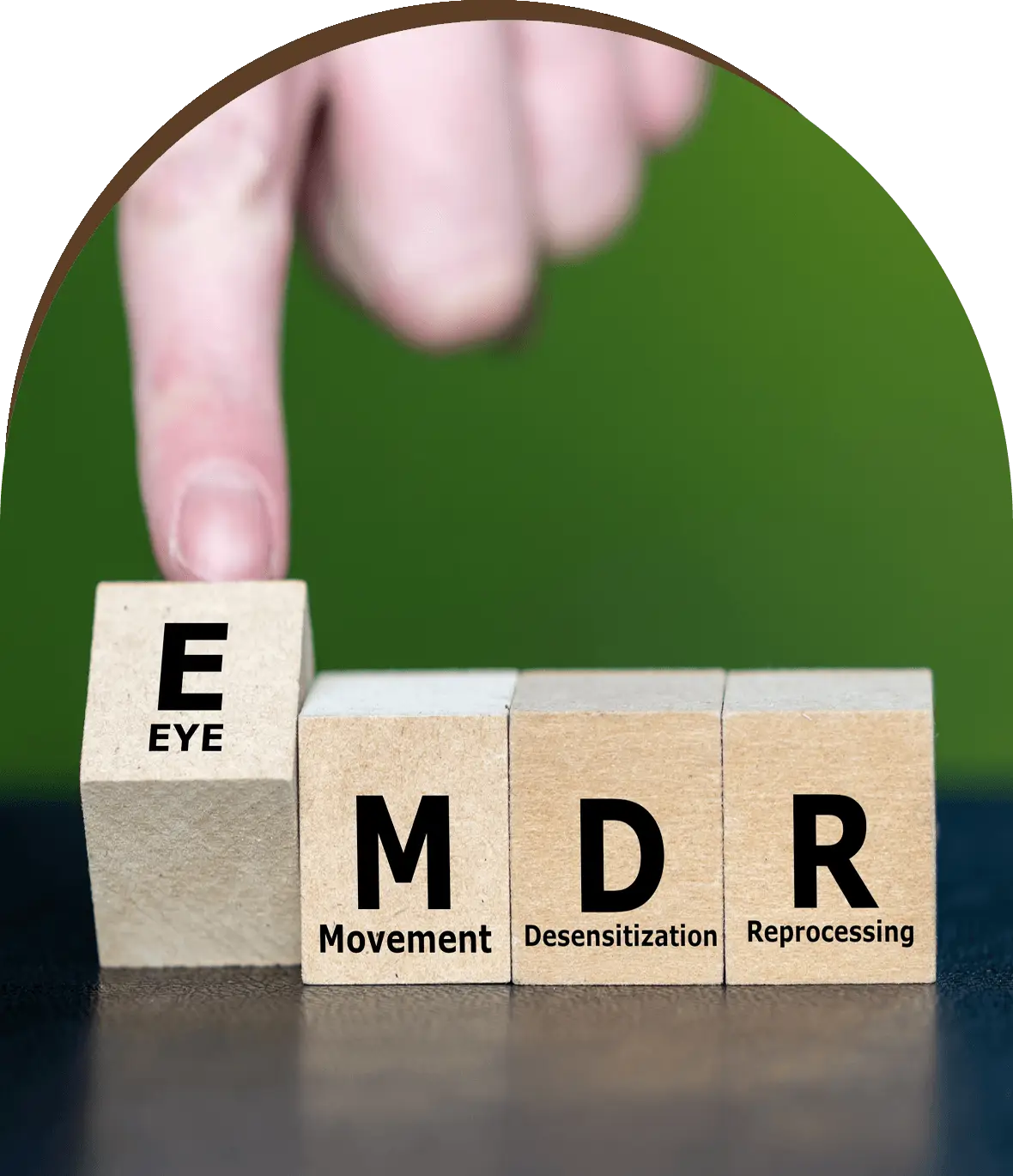
Reprocess Trauma and Find Relief With EMDR
At The Taproot Counseling & Somatic Wellness Center, we offer Eye Movement Desensitization and Reprocessing (EMDR)—a highly effective evidence-based therapy for processing trauma. By utilizing bi-lateral stimulation along with recall, imagery, and resourcing techniques, the brain is able to reprocess distressing memories in a safe way, reducing their emotional intensity.

Break Free from Distress
Your past doesn’t have to define your future. Let’s explore if EMDR is the right path for you, reach out for a private consultation today.

